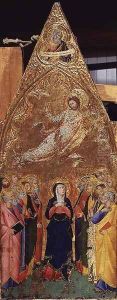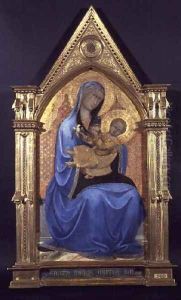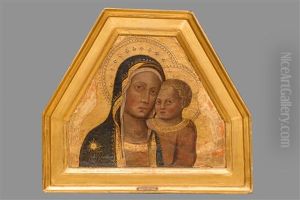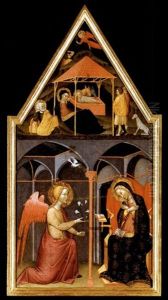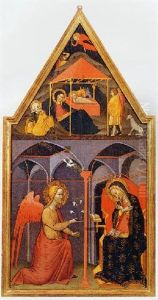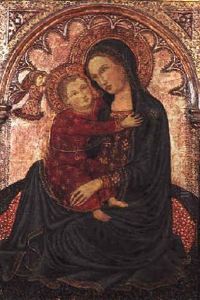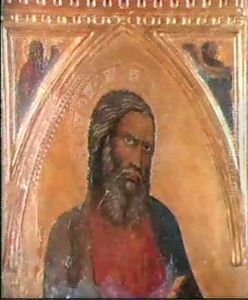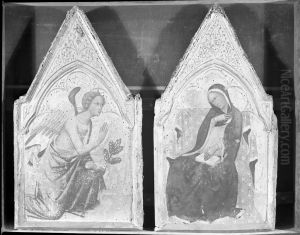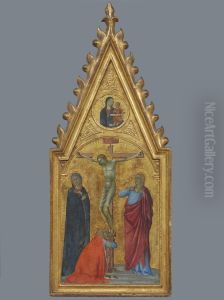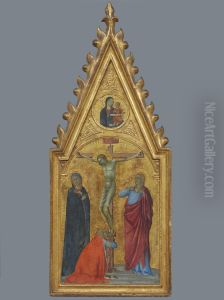Andrea Vanni Paintings
Andrea Vanni was an Italian painter of the late Middle Ages, active mainly in his native Siena. His exact date of birth is not known, but he is thought to have been born around 1332. He was a contemporary of other Sienese artists like Lippo Vanni, who was possibly his brother, and he belonged to a period in Sienese art that bridged the gap between the Gothic style of the early Trecento and the more advanced art of the early Renaissance.
Vanni's artistic career is well-documented from the 1350s until the end of the 14th century. He was not only a painter but also took part in the public life of Siena. He served in various capacities within the city's government, which was typical for Sienese artists of the time, as they were often engaged in civic duties.
In his painting, Andrea Vanni is known to have been influenced by Simone Martini and the Lorenzetti brothers, who were leading figures in the Sienese School of painting. Vanni's work is characterized by the use of delicate lines, a refined use of color, and a preference for elegant and graceful figures, all of which are hallmarks of the Sienese style. However, there is also an indication of the transition to the Renaissance in his work, with a greater attention to volume and the use of perspective.
Among his notable works is the 'Saint Peter' painting for the Palazzo Pubblico in Siena and a number of religious panel paintings that are now dispersed in various museums. He was also involved in the decoration of the Siena Cathedral and other religious institutions.
The details of Andrea Vanni's death are as uncertain as those of his birth. It is generally believed that he died around 1414. Despite the lack of precise information on his beginning and end, Vanni remains a significant figure in the history of Sienese painting for his contribution to the transitional period between the Gothic and early Renaissance styles.
